Happy Holidays 2022
Use of a Non-Rebreathing Circuit
One of the most common topics I cover on a service call is the significance of appropriate breathing accessories. Specifically in reference to a non-rebreathing circuit (NRB). There are many different styles of NRB circuits available and most operate the same. When compared to a rebreathing circuit, the primary difference is the use of the rebreathing head or block. The main component of the rebreathing head is the CO2 absorber containing soda lime granules of which the only purpose is to absorb CO2 from the circuit. The use of fresh soda lime is essential as rebreathing of CO2 can negatively impact your patient. Please note the only way to monitor for rebreathing of CO2 or hypercarbia is the use of capnography.
Non-rebreathing circuits are used to minimize resistance to breathing which allows more effective ventilation.
Why do we use NRB circuits?
The primary reason is to minimize resistance to breathing with our smaller animals and are generally used in patients 7kg or less (ideal weight). Components of the rebreathing head such as the unidirectional valves, the absorber canister and even the pop off valve can add resistance to breathing in small animals and contribute to hypoventilation. Remember that the definition of ventilation is movement of gas (O2 & CO2) in and out of the alveoli. Normal respiratory rate and SPO2 values in no way guarantee adequate ventilation. The use of a non-rebreather gives your patient an opportunity to spontaneously ventilate easier which contributes to a more even anesthetic plane. You might wonder, if we aren’t using a CO2 absorber with this circuit then how can we eliminate CO2 and prevent rebreathing? The answer is a higher O2 flow rate.
As compared to O2 flow rates for a rebreathing system (22- 44ml/kg/min) a NRB utilizes 100-300ml/kg/min. This ensures elimination of CO2 and constant fresh gas flow (FGF) to the patient. A disadvantage to using a high FGF is loss of heat and humidity so proactive warming is essential! Historically NRB circuits have been awkward to operate, set up and the absence of an airway pressure manometer can contribute to pulmonary barotrauma. Modern NRB systems are easy to use, and most can be outfitted with a patient airway pressure manometer (pictured) so if you must provide assisted ventilation you can do it safely! We can easily hook up a NRB to any anesthesia machine and are more than happy to demonstrate the system with your staff. A type of NRB system called a Bain block can also be used with a mechanical ventilator. The NRB is a gold standard and helps optimize patient outcome so add it to your anesthesia toolbox if you haven’t already!
A FEW UPDATES…
It has been a busy year and I officially took over the company as owner!
Jack Yother, the founder of AMDEC has officially retired and is loving it!
Amdec introduces Jason Laubersheimer, RVT as our new anesthesia machine service tech. He has extensive experience in the field and is proving to be a highly skilled technician.
While Amdec has kept the same pricing for several years, our rates will be changing as of Jan 1 2023.
We really appreciate everyone’s continued support and look forward to seeing you all next year! Happy Holidays!!


